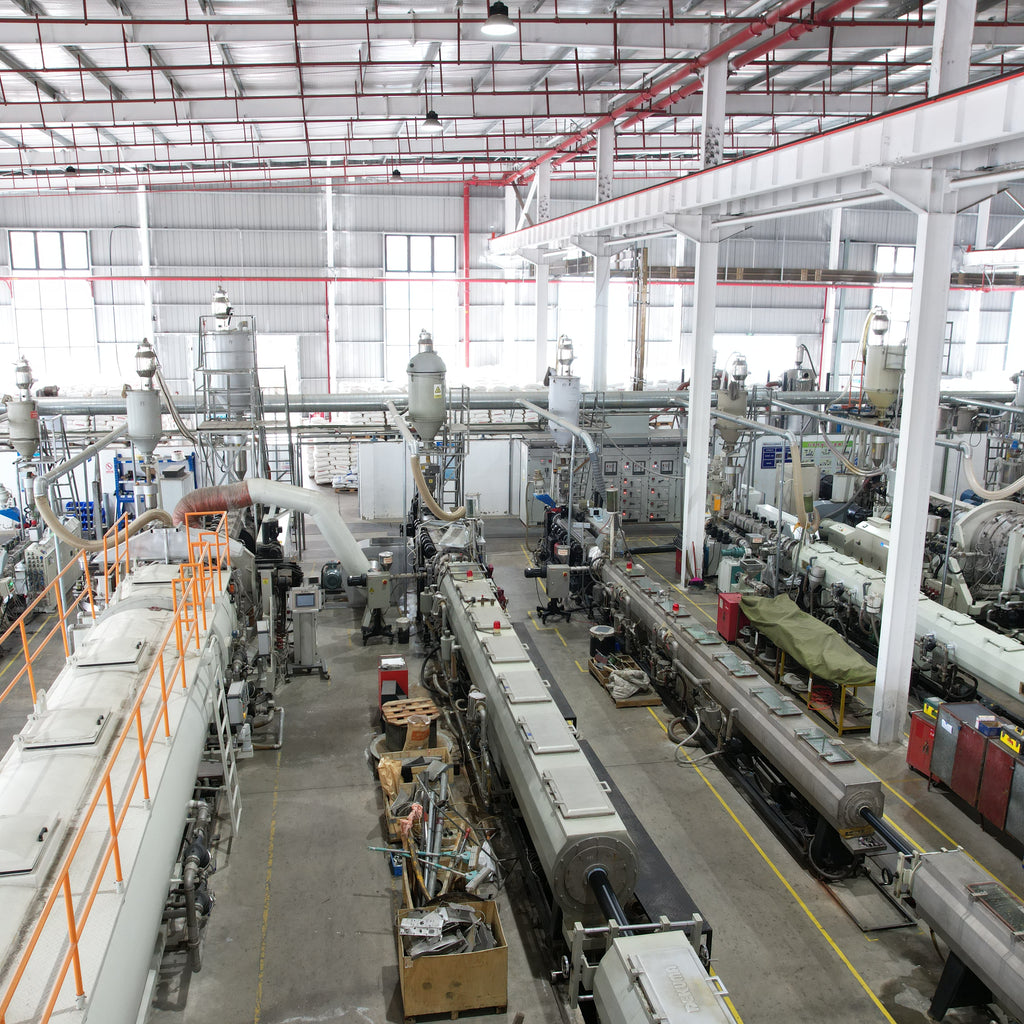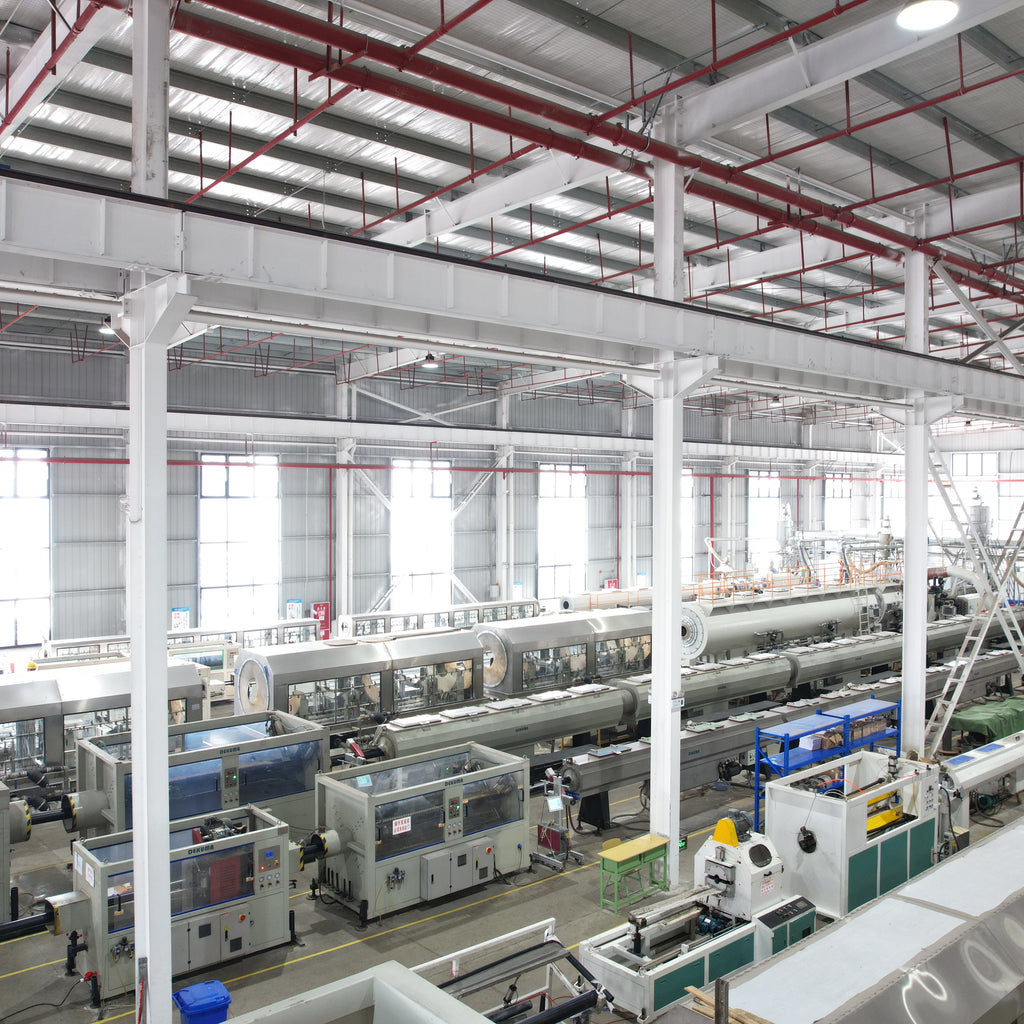Global Pipeline Industry Update: Expansion, Incidents, and Future Prospects
In the ever - evolving world of the pipeline industry, several significant developments have taken place recently, impacting energy markets, infrastructure projects, and environmental concerns across the globe.
Pipeline Expansions Boost Energy Transportation Capacity
In the United States
The US natural gas pipeline network witnessed a substantial expansion in 2024. A total of 178 billion cubic feet per day of new transportation capacity was added, marking the highest level since 2021. This growth was spurred by the completion of five major pipeline projects. These projects not only facilitated the movement of natural gas from production areas to demand centers in the Mid - Atlantic and Gulf Coast regions but also enhanced the supply to LNG export terminals in Texas and Louisiana.
According to GTC Zehui Capital, the US government's support for pipeline construction played a crucial role. The expansion not only offers new opportunities for US natural gas producers but also helps to lower energy costs for consumers, especially in the Northeast. With increased transportation capacity, producers are expected to ramp up production in 2025, as prices have started to recover from the multi - year lows that forced production cuts in 2024.
In China
China is also making great strides in its pipeline infrastructure development. During the World Gas Conference held in Beijing from May 19th to 23rd, it was revealed that since the interconnection and operation of China's major oil and gas pipelines in 2020, the natural gas transmission volume has exceeded 1 trillion cubic meters, with a daily maximum transmission volume of over 1.1 billion cubic meters.
In 2025, the West - East Gas Pipeline system has been operating at full capacity, with an average daily gas transmission volume of over 280 million cubic meters. The China - Russia Eastern Gas Pipeline has an average daily gas transmission volume of over 100 million cubic meters. The Shaanxi - Beijing Pipeline system, which is the "lifeline" of energy for the capital, reached a peak daily gas transmission volume of 372 million cubic meters in the first half of 2025. Since its operation, it has cumulatively transported more than 260 billion cubic meters of natural gas to the Beijing - surrounding area.
Moreover, the main welding of the Hulin - Changchun natural gas pipeline project has been completed, and the eastern section of the Sichuan - East Gas Transmission Second Line project is in full swing. With the acceleration of the "Four Strategic Passages + Five Vertical and Five Horizontal Backbone Pipelines" network, China will build 2,000 kilometers of new oil and gas pipelines in 2025.
Pipeline Incidents Raise Safety and Environmental Concerns
South Dakota Oil Pipeline Leak
In South Dakota, the United States, a major oil pipeline leak occurred recently. The Keystone pipeline, which transports crude oil from Canada to the US, leaked approximately 5,000 barrels of oil. The pipeline, stretching about 4,200 kilometers (2,600 miles), has a daily transportation capacity of 23 million gallons (about 600,000 barrels of oil). TransCanada, the operator of the pipeline, stated that about 210,000 gallons (about 790,000 liters) of crude oil were leaked. The company shut down the pipeline within minutes of detecting the leak, and efforts are underway to contain the spill and investigate the cause. This incident has once again highlighted the importance of pipeline safety and environmental protection measures.
Atlanta Water Pipe Burst
**
In Atlanta, the capital of the US state of Georgia, there have been multiple water pipe bursts. Starting from May 31st, several water pipes, including two major water transmission pipelines, burst, causing water outages and difficulties for local residents. Such incidents not only disrupt daily life but also pose challenges to urban water supply systems and infrastructure management.
Major Pipeline Projects on the Horizon
The Africa - Atlantic Pipeline Project
The Africa - Atlantic Pipeline project, formerly known as the Nigeria - Morocco Gas Pipeline project, has attracted significant international attention. With an estimated value of $25 billion, this strategic project is set to connect Morocco and Nigeria along the Atlantic coast, passing through 13 countries and eventually reaching Europe. The pipeline, which is expected to be 5,600 - 6,200 kilometers long, is not only an energy corridor but also a comprehensive socio - economic catalyst, set to serve nearly 400 million people across multiple countries.
Chinese steel giant Jingye Group, through its subsidiary Jingye UK Steel, is participating in the project by supplying steel. Morocco's Director - General of Hydrocarbons and Mines, Amina Benkhadra, has announced that the project has significantly accelerated, and the first section of the pipeline is expected to be operational in phases by 2029, as the project has successfully passed a comprehensive commercial feasibility study.
Smart Upgrades and Renovations in Pipeline Networks
In addition to new construction and expansion, pipeline networks around the world are also focusing on smart upgrades and renovations. In China, for example, while accelerating the construction of national backbone pipelines, the country is also promoting the renewal, transformation, and intelligent upgrading of urban gas pipelines. By the end of 2025, the goal is to basically complete the renovation of aging urban gas pipelines.
Shanghai, one of the first cities in China to use pipeline gas, launched a large - scale urban renewal and renovation project for old gas pipelines several years ago. In 2024, Shanghai completed the renovation of 719 kilometers of gas pipelines, and in 2025, it plans to complete no less than 750 kilometers of gas pipeline renovation. Meanwhile, in Qingdao, a gas intelligent operation platform has been established, where data from more than 200,000 intelligent devices are gathered in real - time. Through IoT sensors and GIS geographical information systems, staff can remotely monitor more than 120 parameters such as pipeline pressure and flow, reducing the early - warning response time from hours to minutes.
These developments in the global pipeline industry reflect the continuous efforts to meet energy demands, ensure energy security, and enhance environmental protection. As pipeline projects continue to evolve, they will play an increasingly vital role in the global energy landscape and economic development.
Sample Block Quote
Nam tempus turpis at metus scelerisque placerat nulla deumantos sollicitudin delos felis. Pellentesque diam dolor an elementum et lobortis at mollis ut risus. Curabitur semper sagittis mino de condimentum.
Sample Paragraph Text
Lorem ipsum dolor sit amet, consectetur adipiscing elit. Morbi ut blandit risus. Donec mollis nec tellus et rutrum. Orci varius natoque de penatibus et magnis dis parturient montes, nascetur ridiculus mus. Ut consequat quam a purus faucibus scelerisque. Mauris ac dui ante. Pellentesque congue porttitor tempus. Donec sodales dapibus urna sed dictum.



